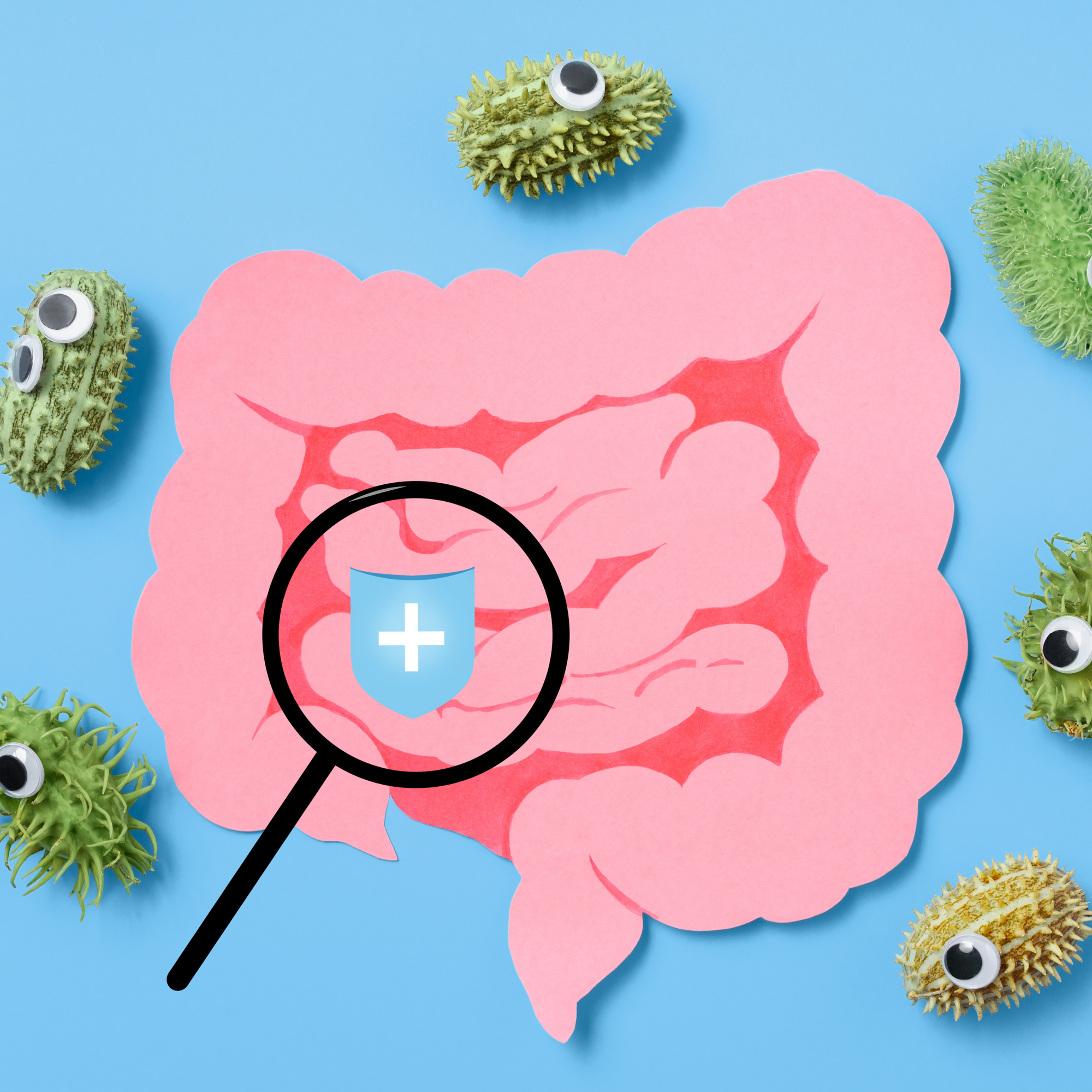The connection between nutrition and academic success cannot be overstated. One often overlooked aspect of a child's well-being that plays a crucial role in their academic performance is their gut health.
A happy, balanced gut can contribute to improved concentration, better mood, and overall wellness. In this blog post, we will explore the relationship between seafood and gut health, and how incorporating seafood into your child's diet can lead to successful school days!
The Gut-Brain Connection:
The gut has long been referred to as the "second brain" due to its intricate connection with the central nervous system. This connection is known as the gut-brain axis, and it plays a pivotal role in regulating not only digestive processes but also mood, behavior, and cognitive function. A healthy gut microbiome is essential for maintaining this connection.
Seafood and Gut Health:
Now, let's delve into why seafood is a superstar when it comes to promoting gut health.
- Omega-3 Fatty Acids: Seafood, particularly fatty fish like king salmon and sablefish, is rich in omega-3 fatty acids. These essential fats are known for their anti-inflammatory properties, which can help reduce gut inflammation and support the growth of beneficial gut bacteria.
- Prebiotics and Probiotics: Certain types of seafood, such as shrimp and crab, contain prebiotic fibers that nourish the beneficial bacteria in the gut.
- Nutrient Density: Seafood is packed with essential nutrients like vitamin D, vitamin B12, and zinc, which are essential for gut health. These nutrients play a role in maintaining the gut lining and supporting the overall function of the digestive system.
- Reduced Inflammation: Chronic inflammation in the gut can lead to a host of health issues, including digestive problems and a compromised gut-brain relationship. Seafood's anti-inflammatory properties help combat this issue, creating an environment that supports both physical and mental well-being.
- Mood and Cognitive Function: Omega-3 fatty acids found in seafood have been linked to improved mood and cognitive function. A happy gut can positively impact a child's emotional state and ability to concentrate in school, setting the stage for successful learning.
Incorporating Seafood into Your Child's Diet:
Now that we understand the benefits of seafood for gut health, let's explore some practical ways to introduce it into your child's diet.
- Kid-Friendly Recipes: Start with kid-friendly seafood recipes like fish sticks, fish tacos, or shrimp pasta. These dishes are more approachable for children who may be new to seafood.
- Hide It in Familiar Dishes: Sneak seafood into familiar meals, such as adding flaked salmon to macaroni and cheese or incorporating shrimp into fried rice. This can make the transition smoother for picky eaters.
- Involve Your Child in Cooking: Get your child involved in the kitchen. When kids have a hand in preparing their meals, they are often more willing to try new foods, including seafood.
- Make Seafood Fun: Turn mealtime into an adventure by exploring different types of seafood from around the world. Try making sushi rolls together or having a seafood-themed dinner where the family can sample a variety of dishes.
- Gradual Introduction: If your child is hesitant about seafood, introduce it gradually. Start with mild options like prawns or cod before moving on to stronger-flavored fish like salmon.
A happy tummy leads to successful school days, and seafood can play a pivotal role in achieving that goal! By incorporating seafood into your child's diet, you are not only promoting gut health but also supporting their overall well-being and academic performance.
With a variety of delicious recipes and creative ways to introduce seafood, you can set your child on a path to thriving in and out of the classroom. Don’t forget to eat wild!


